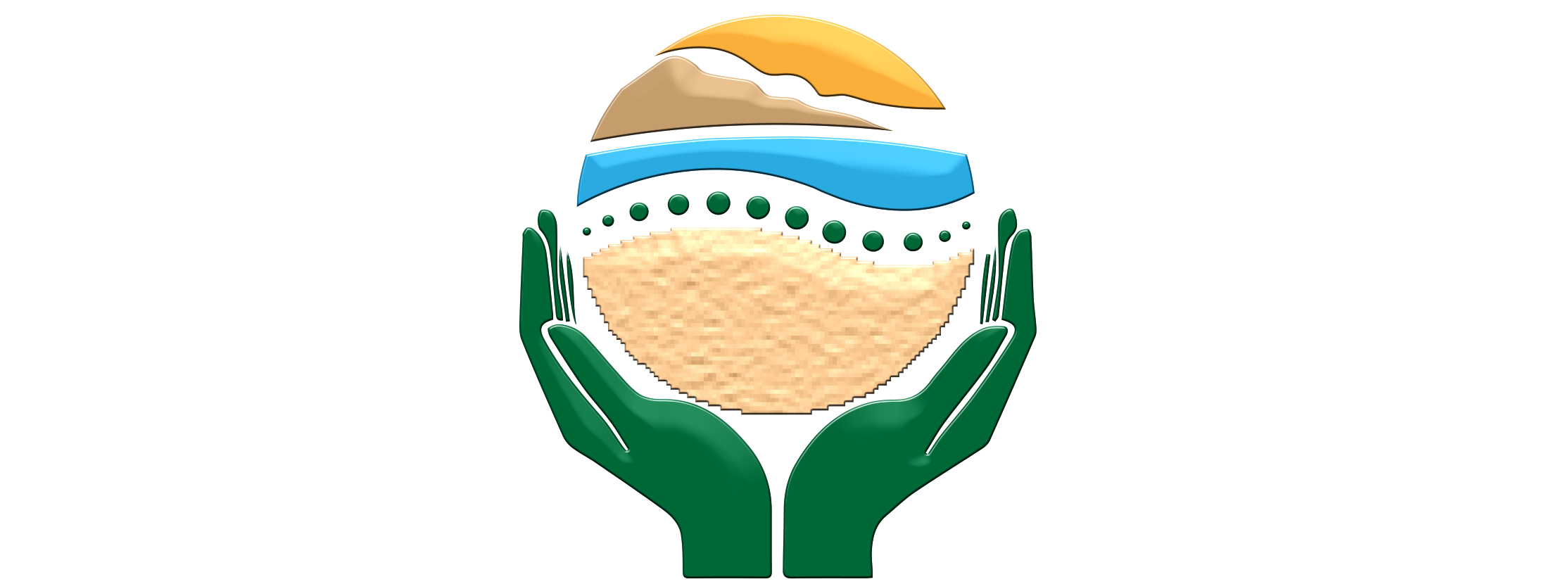Osteopathy is a natural medicine that integrates the whole person. Osteopathic manual treatment reduces pain and improves function of the body by unlocking the primary restriction, and decreasing tensions or strains in the muscles, fascia, joints and organs.
Osteopathic treatment methods have developed according to 4 principles, which are used to facilitate health through safe and gentle hands on manipulations.
The Basic Principles of Osteopathy are:
1. The body is a dynamic unit of function.
2. Structure and function are reciprocally interrelated.
3. The body has self-healing, self-defending mechanisms.
4. Rational diagnosis and treatment will consider the previous three principles.
Osteopathic treatment can be beneficial in reducing musculoskeletal pain and dysfunction, thereby improving posture, joint mobility, circulation and neural function, which also improves digestion and elimination. It does this through a variety of techniques, all of them gentle and hands-on. Osteopaths “listen” to the tissue and work with the vitality or energy that is present in the person without using unnecessary force. Osteopathy includes three basic approaches to treatment: structural, cranial sacral and visceral.
Some Osteopathic manual techniques used
Cranial Osteopathy / Cranial Sacral Therapy
Visceral Manipulation
Manual Lymphatic Drainage
Myofascial Release
Osteoarticular Joint Mobilizations(LVLA)
Muscle Energy Technique / PNF (Proprioceptive Neuromuscular Facilitation)
Strain Counter-strain / Positional Release Therapy
Trigger Point Therapy
Soft Tissue Massage
Remedial Exercise Therapy
Some of the common conditions that can be treated:
• migraines/headaches
• digestive problems
• asthma
• back pain
• various sports injuries
• recovery after surgery
• fibromyalgia
• neck pain
• irritable bowel syndrome (IBS)
• hypertension
• vertigo
• anxiety and depression
• circulatory problems
• menstrual pain
• and much more…
Brief description of what to expect at an appointment
An appointment or session will likely include the following components, each of which will vary in the amount of time required to complete, based on the severity of the condition(s) being treated, the length of the unit and the complexity of the treatment:
– Intake/interview
– Initial assessment or re-assessment
– Treatment
– Self-care recommendations and/or re-assessment

